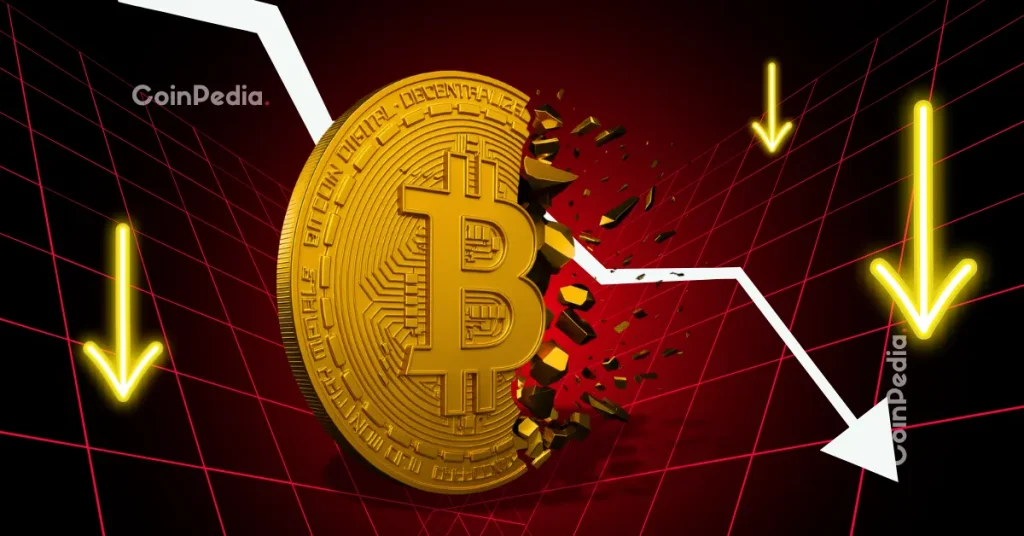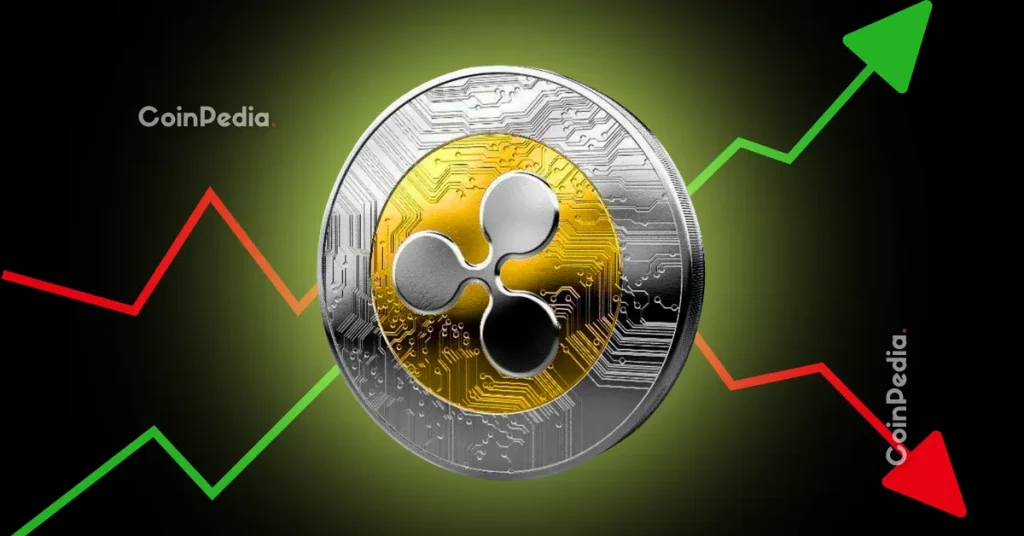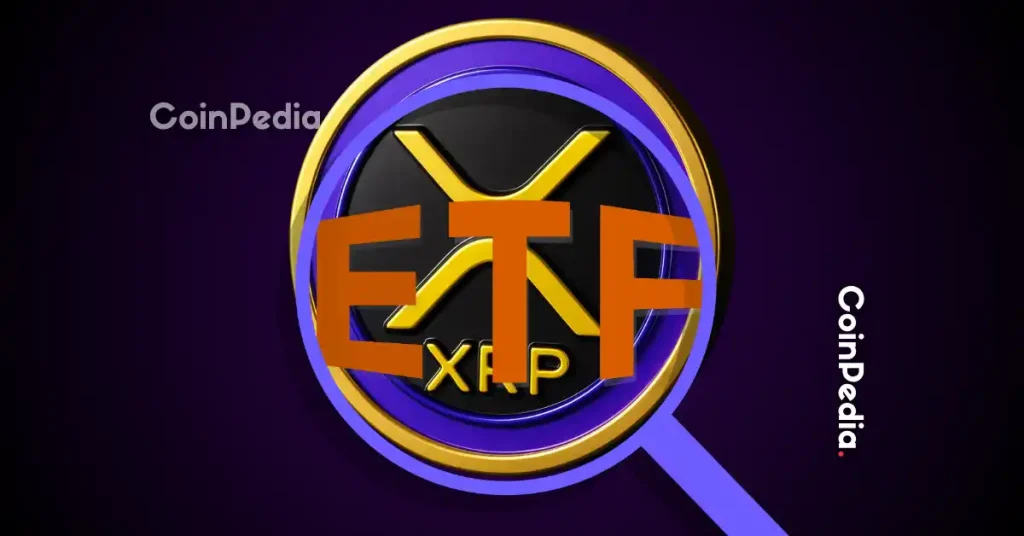The South Korean government has announced plans to increase EV subsidies by 20% in 2026 in response to the ongoing effects of U.S. tariffs. The government aims to stimulate local demand and intends to boost passenger EV subsidies to $642.25 billion, up from $535.18 billion in 2025.
The SK government disclosed that the package will also include support for auto part suppliers. It pledges to supply policy finance at levels above the $10.29 trillion (15T Won) it is currently providing. The country is looking to strengthen guarantee programs for auto parts makers operating overseas. Those in Mexico or the U.S. will receive long-term, low-interest loans.
Government data reportedly indicate that Hyundai Motors has been affected by the 25% tariff on U.S. exports, which account for approximately 40% of the company’s revenue. However, this rate was cut to 15% after President Donald Trump met with his South Korean counterpart, Lee Myung-bak, last month. Meanwhile, the tariff cut is yet to be effected due to the delayed release of a joint fact sheet.
Hyun urges Rubio to release the joint fact sheet fast
The 15% rate has not been applied to South Korean autos makers, as the joint fact sheet outlining the deal on trade and security matters struck last month has not been issued. Neither side has released a written agreement.
Meanwhile, South Korean Foreign Minister Cho Hyun urges U.S. Secretary of State Marco Rubio to release the joint fact sheet swiftly. The two met on the sidelines of the G7 Foreign Ministers’ Meeting in Canada on November 12. The joint fact sheet details the agreement on tariff cuts reached at the South Korea-U.S. summit last month.
“We will help to announce the joint explanatory materials (Joint Fact Sheet) as soon as possible.”
–Marco Rubio, U.S. Secretary of State
Cho emphasized that his government is requesting special efforts to clarify the matters agreed upon by the two countries at the two summits through the prompt announcement of the joint fact sheet. He promised to actively communicate with relevant U.S. departments to expedite the release of the explanatory document.
Rumors suggest the possibility of further delay
South Korea’s local media reports that the release of the joint fact sheet may take a little longer than expected. The delay is due to the time taken to coordinate opinions within the U.S. administration. There is a significant amount of back-and-forth between the State Department, Department of Energy, Department of Defense, and the Department of Commerce regarding the text related to nuclear-powered submarines.
Rumors suggest disagreement over South Korea’s efforts to secure the right to enrich uranium and process spent nuclear fuel, which the government is actively pursuing in consideration of the domestic nuclear industry. However, the U.S. government remains firm on its traditional stance of no proliferation of nuclear weapons.
Due to this, rumors suggest that prospects for additional negotiations between South Korea and the U.S. may still exist, even after the joint fact sheet is released. Negotiations on nuclear issues between the two countries are reportedly unavoidable. Seoul is pushing to secure fuel suppliers for nuclear-powered submarines and has reportedly pledged to invest $350 billion in the U.S. in exchange for such favors.
The South Korean government has also announced plans to sign a Memorandum of Understanding (MOU) on investments in the U.S. and tariff reductions as soon as the joint fact sheet is released. It further plans to publish a joint statement from the South Korea-U.S. Security Consultative Meeting, SMC. There are also plans to push for the enactment of a special law on investments in the U.S. in the National Assembly.
Want your project in front of crypto’s top minds? Feature it in our next industry report, where data meets impact.
















 English (US)
English (US)